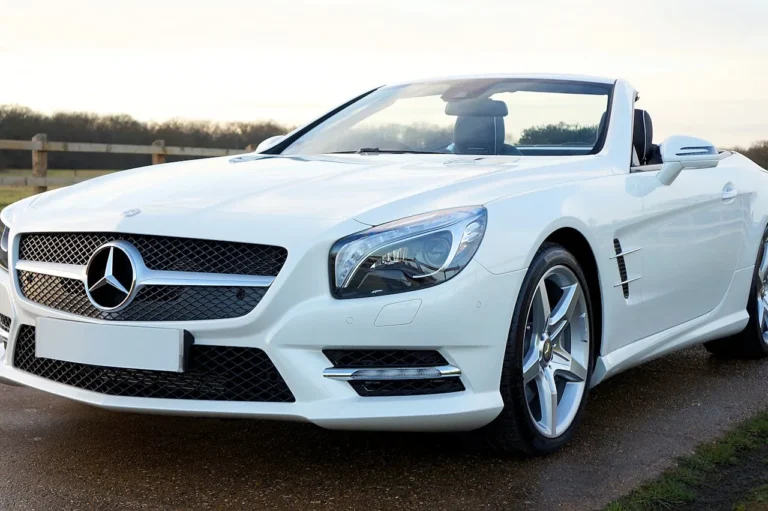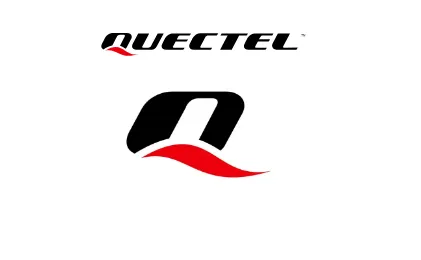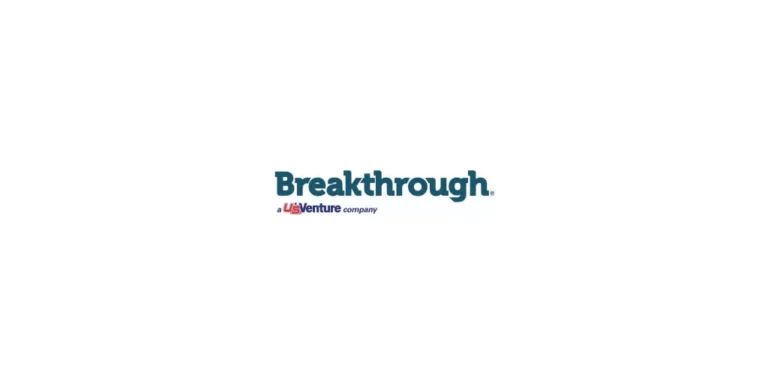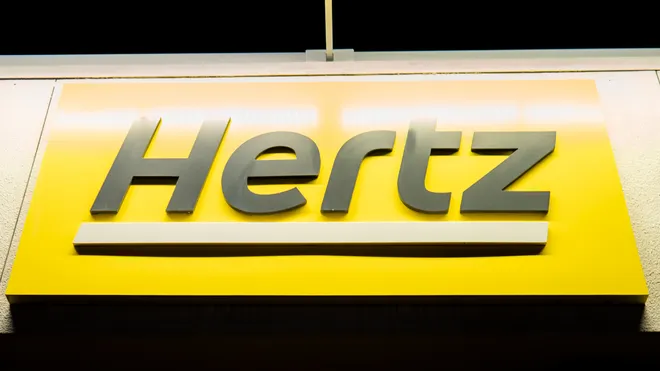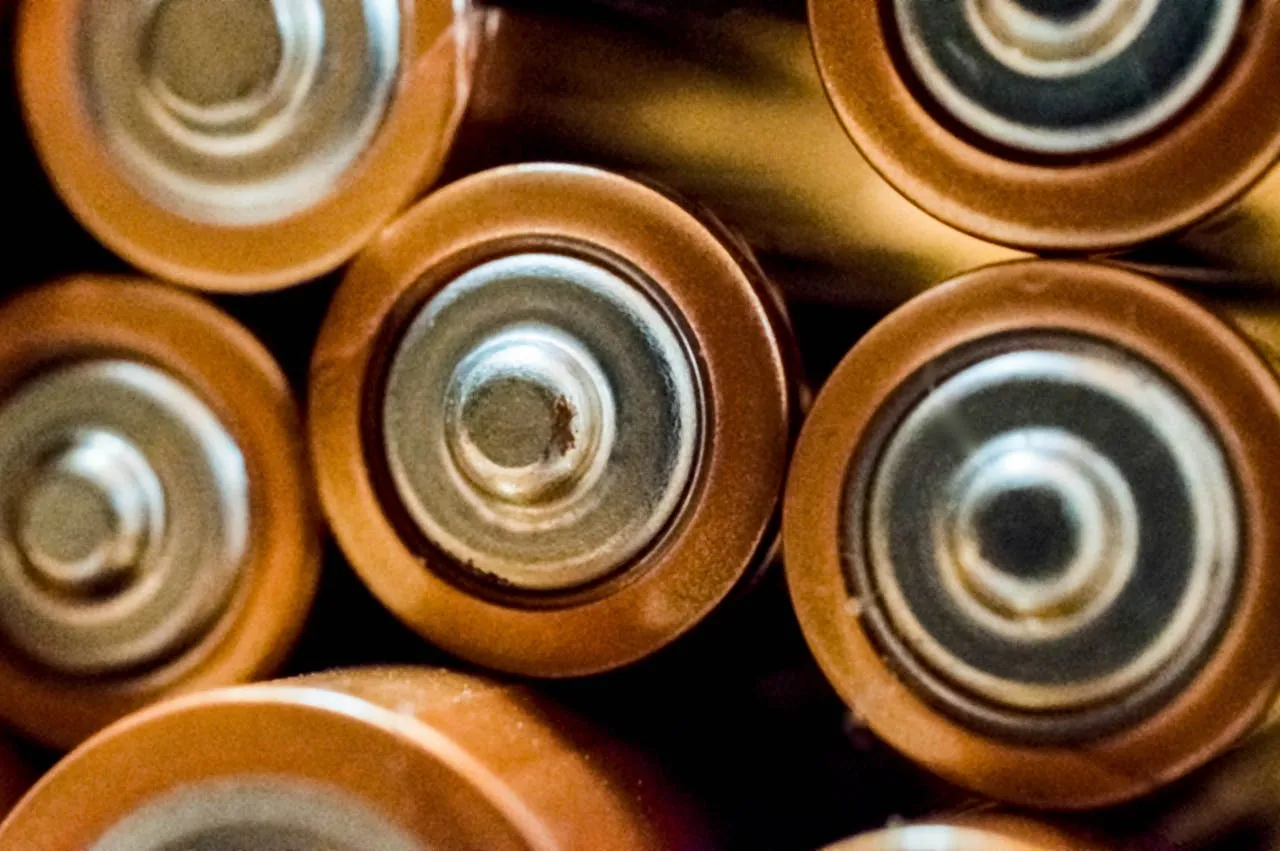
Saudi Arabia Automotive Battery Market Outlook 2025–2030: Growth Driven by Smart Mobility, Fleet Electrification, and Digital Battery Management
The automotive battery landscape in Saudi Arabia is entering a high-growth phase, supported by evolving consumer expectations, rising vehicle ownership, and accelerated technological adoption across both passenger and commercial fleets. According to the latest report titled “Saudi Arabia Automotive Battery Market, By Region, Competition, Forecast & Opportunities, 2020-2030F”, recently added to ResearchAndMarkets.com, the market was valued at USD 3.16 billion in 2024 and is projected to reach USD 5.79 billion by 2030, growing at a CAGR of 10.6%.
This surge is primarily driven by three key factors: the expansion of the vehicle parc, the rapid growth of smart mobility systems such as start-stop functionality and connected platforms, and increasing demand for maintenance-free, high-performance batteries suited to Saudi Arabia’s harsh climate. The combination of aftermarket replacement demand and OEM-led electrification strategies is creating a vibrant market ecosystem with opportunities across manufacturing, distribution, digital battery monitoring, and fleet servicing solutions.
Market Dynamics: From Conventional Batteries to Smart Energy Solutions
Historically, lead-acid batteries dominated the Saudi market due to their affordability and availability. However, consumer preferences are shifting toward longer-lasting, temperature-resilient, and maintenance-free options such as Absorbent Glass Mat (AGM) and Enhanced Flooded Batteries (EFB)—particularly in premium passenger vehicles and logistics fleets. Manufacturers are responding by introducing batteries engineered for desert environments, high-vibration resistance, and rapid recharge cycles.
Moreover, the increasing penetration of start-stop systems, which automatically switch off engines while idling to conserve fuel, has accelerated the adoption of advanced battery chemistries. These systems require greater charge acceptance and cycling durability—attributes that traditional batteries struggle to provide. As a result, global and regional players like Clarios, Hankook, Amara Raja, and Middle East Battery Company are expanding their product lines in Saudi Arabia to offer premium-grade units tailored to both climatic and technological needs.
Aftermarket Demand Strengthens as Vehicle Parc Expands
The steady rise in vehicle ownership—and the aging of existing fleets—is one of the strongest contributors to aftermarket battery demand. As vehicles in Saudi Arabia typically operate under extreme heat, frequent stop-and-go traffic, and heavy load conditions, battery failure rates tend to be higher compared to colder regions. This increases the frequency of battery replacements, ensuring consistent aftermarket revenue.
Consumers are also becoming more proactive in preventive maintenance, opting to replace batteries before complete failure to avoid breakdowns. The growth of organized retail chains and e-commerce platforms offering doorstep installation has enhanced accessibility and convenience. Remarkably, 91% of Saudi consumers shop online regularly, and 14% make purchases at least once daily, demonstrating a digitally mature consumer base. This has opened up strong potential for online-based battery diagnostics, sales, and subscription-based replacement services.
Fleet Electrification and Commercial Logistics Drive New Opportunities
Saudi Arabia’s logistics, e-commerce delivery, and public transportation sectors are expanding rapidly, leading to higher deployment of light commercial vehicles (LCVs), buses, and special-purpose vehicles. These segments typically require higher-capacity batteries capable of deep cycling and extended usage. Manufacturers supplying to fleet operators are now focusing on:
- High-resilience lead-acid batteries for delivery trucks and cold-chain vehicles
- Lithium-ion battery packs for electric buses and utility fleets
- Hybrid auxiliary batteries for refrigerated units and onboard electronics
Additionally, the Vision 2030 initiative has accelerated the country’s transition toward electric mobility. Saudi Arabia has pledged USD 39 billion toward EV infrastructure development, targeting 30% EV adoption in Riyadh by 2030 and increasing charging stations from 101 currently to over 5,000. This transition will significantly boost demand not only for EV traction batteries but also for auxiliary 12V batteries that power electronics within hybrid and fully electric vehicles.
Challenges: Raw Material Price Fluctuations and Supply Chain Dependencies
Despite strong demand signals, the industry faces persistent challenges related to raw material price volatility, especially concerning lead, lithium, cobalt, and nickel. Political instability in key mining regions, environmental restrictions, and competition from renewable energy storage and consumer electronics have put pressure on procurement and pricing. Battery manufacturers, particularly small and medium-sized enterprises, struggle to maintain consistent pricing models, often passing cost increases downstream to distributors and end consumers.
Supply chain localization is emerging as a strategic imperative. While Saudi Arabia hosts regional manufacturing units, such as Middle East Battery Company, the majority of raw materials and components are still imported. Government interest in localizing battery production—including cathode manufacturing and cell assembly—could provide long-term supply stability and encourage international joint ventures.
Key Market Trends Reshaping the Industry
1. Rise of Digital Battery Management and Remote Diagnostics
As connected vehicle infrastructure matures, IoT-based Battery Management Systems (BMS) are gaining traction in commercial fleets and premium passenger vehicles. These technologies enable real-time tracking of state of charge (SOC), state of health (SOH), temperature, and voltage stability, helping fleet owners predict failure and optimize replacement cycles. Battery manufacturers who integrate smart monitoring capabilities into their products will have a competitive edge in the B2B segment.
2. Growing Popularity of Subscription and Swap-Based Battery Services
Inspired by global models from markets like India and China, battery subscription and swapping services are being increasingly discussed for Saudi Arabia’s mobility ecosystem, particularly for two-wheelers, delivery fleets, and ride-hailing electric taxis. Though still in early stages, such models could dramatically reduce upfront EV cost barriers.
3. Surge in EV and Hybrid Vehicle Adoption
With multiple automakers, including Lucid Motors, Hyundai, and BYD, announcing EV production or assembly plans in Saudi Arabia, the landscape for vehicle electrification is rapidly evolving. High-performance lithium-ion, solid-state, and sodium-ion batteries are expected to dominate OEM supply contracts over the next decade.
Competitive Landscape
Key market participants include:
- Exide Technologies
- Hankook & Company Co., Ltd.
- CSB Energy Technology Co., Ltd.
- Leoch International Technology Limited
- GS Yuasa Corporation
- Robert Bosch GmbH
- Amara Raja Energy & Mobility Limited
- EnerSys
- Clarios, LLC
- Middle East Battery Company
These companies compete across both OEM and aftermarket segments, expanding distribution through dealerships, retail chains, and e-commerce partnerships.



